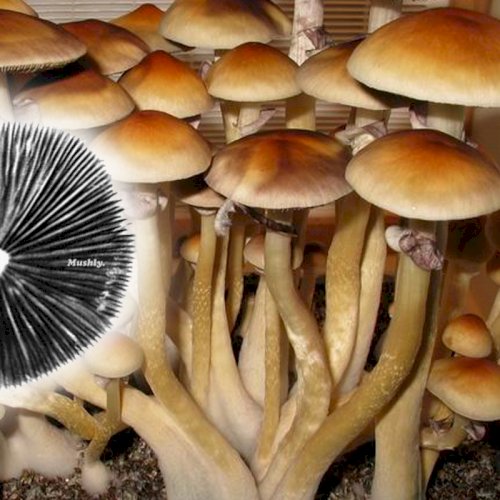

There are many different kinds of fungi, including molds and crusts, as well as more developed types that have a stalk and a cap. I only resort to this if I do not see any spores within 24 hours.Mushrooms are a type of fungus.

Some guides encourage placing a few drops of water on the cap to encourage spore release. Place a bowl over the top of the mushroom to create a sheltered environment for any spores to drop. bisporus are the same colour as the brown gills beneath the cap – this is best contrasted against a white surface. You will need to slice off the stem just beneath the cap without damaging the gills. Next time you are planning a fry up leave one of the caps to one side and place it with gills facing down onto a sheet of white paper or card. Commercially distributed, it has many different common names, but you may know it as the button mushroom (in its white form) or the portobello/chestnut mushroom (in its brown form) here in the UK.

Whether you love or hate mushrooms in your home cooking you will know this white (or brown) capped mushroom, filling the shelves in your local supermarket. Let us take the basidiomycete Agaricus bisporos as a species everyone is already fully familiar with. This difference is a broad evolutionary split, and all fungi are classified as either basidiomycetes (spore droppers) or ascomycetes (spore poppers!).Īs with learning plant identification, a good start is to begin with a species you already know or have already had positively identified for you. Some types of mushroom do not simply ‘drop’ spores they propel them forcefully. Your job is to capture these spores to check what colour they have.

Mushrooms with gills and those with pores both drop spores from these features which then are dispersed to create more mushrooms. The blade like arrangement of gills shown here in the shaggy parasol (Chlorophyllum rhacodes) contrasted with the smooth rubbery white lower surface of the pore bearing Dryad’s saddle (Ceriporus squamosus).


 0 kommentar(er)
0 kommentar(er)
